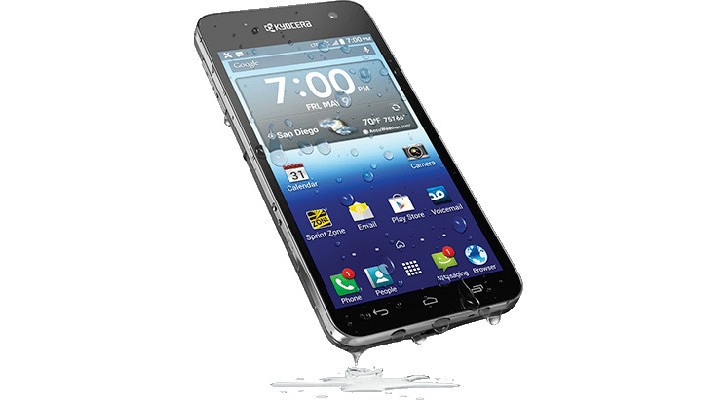One of the largest markets in the world is about to open up thanks to a policy change, and the race will be on for handset makers to grab some market share. No matter who wins, ARM will come out better for it.
Like so many industries, Japan's mobile phone market has been heavily protected from outside competition through incestuous regulation. The three largest carriers – Au, NTT Docomo and Softbank – own 90% of the market and all their phone are SIM locked.
So you can't take a phone for Au and use it on Docomo without paying an unlock fee, and even then they don't always work. And Japanese travelling abroad will need a new phone because their phone won't work.
The argument from the mobile carriers was SIM locks were designed to encourage customer loyalty. Uh huh.
Well, Japan's Internal Affairs and Communications Ministry has recommended that all handsets be SIM lock free by next year. This will allow people to keep their handset and move between the carriers, and also to use the phone overseas.
This will open up the Japanese market in a pretty big way, since the phones won't be tied to carriers any more. No more buying a new phone to switch carriers, which is not a cheap proposition as Japan does not use subsidies like American carriers do. There is a low-cost phone market, mostly Android phones, but their numbers are minimal and they have low storage and data rates.
Gerhard Fasol, CEO of Eurotechnology Japan, told NHK World that ten to 15 years ago, handset makers were at their peak and were protected by regulation, but that collapsed with the advent of Android phones. "There's no handset industry to protect anymore, so they want to make Japanese players strong globally. Protecting Japanese makers inside Japan doesn't make sense anymore," he said.
This will undoubtedly benefit Apple, which already rules Japan. Macs were always popular there even when they fell out of favor in the U.S. due to their superior handling of Kanji and Hiragana characters compared to Windows. The result is Japan in 2013 generated $13.5 billion in revenue, about 8% of Apple’s total revenue and 11% of its profit. Japan has the highest growth rate of any geography along with the highest operating margin at 50.7%.
BCN, a Japanese market research company, says the iPhone 5s has a full 44.5% market share, plus another 5.9% for the iPhone 5c. This is a cumulative number of iPhones across Au, DoCoMo and Softbank. The next closest phone is the Sony Xperia with single digit market share, followed by ZTC, Kyocera and Panasonic.
And it will likely get bigger as a result now that people can buy one phone and use it on any carrier and overseas. As it is, Apple is on top of the trend. It just released an iPad without a SIM card, allowing users to choose their own mobile carriers.
The 16GB iPad Air sells for ¥66,744 (US$656) including tax, while the iPad mini Retina with the same storage capacity is priced at ¥55,944 (US$549). That's about equal to their U.S. versions, but they are also more than ¥10,000 more expensive than existing locked models.
 For me the phone works great. The phone was Released May of 2014. At the time of this video I saw no guides on how to Root the phone mostly due to it being so new. I took a gamble on a program I came across called Root Genius. I was kinda scared the whole time it was running, It has no listing (in English anyways) of what phones it works on. None the less it reported that it Rooted the phone and the phone rebooted and loaded up normally.
For me the phone works great. The phone was Released May of 2014. At the time of this video I saw no guides on how to Root the phone mostly due to it being so new. I took a gamble on a program I came across called Root Genius. I was kinda scared the whole time it was running, It has no listing (in English anyways) of what phones it works on. None the less it reported that it Rooted the phone and the phone rebooted and loaded up normally. 







